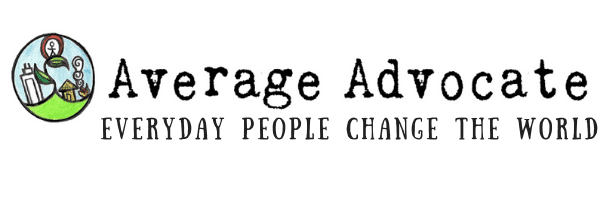Modern slaves: how many are there? 21 million? 27 million? 32 million? 45 million? Whether we quote our favorite number with burning holy anger, morbid glee, heartbreak, or detachment, one thing for sure is that this little piece of data isn’t little and it isn’t easy to find. To shed some understanding on this human trafficking statistic we have to look at this from a few different angles.
Not Exactly 27 Million Modern Slaves
Let me tell you a story.
I read in one of the first versions of Half the Sky that there were women, being trafficked, accross the globe. Sold for sex. Used for labor. Atrocious.
But, at the time I read it I already knew there were many more people being trafficked than they estimated. In just a few years that statistic was far behind.
It was estimated that there were 10-20 million slaves globally (at least when I began advocating against this issue). I remember reading a long blog post advocating for the 11 million statistic. That writer had a very distinct opinion with all their reasons why.
However, one organization, I believe it was Free the Slaves, began recognizing exploitation of people was a much broader issue than previously stated. They started using 27 million, and most other orgs working in the anti-trafficking field agreed (I think in the “that sounds about right” type of way, but I could be wrong). Research from the U.S. State Department then settled on there being at least 21 million modern slaves.
What is Your Definition of Human Trafficking?
However, in just the past two years definitions of what we consider exploitation have continued to broaden. Some organizations can’t pretend that child marriage is still not a type of slavery–forcing a thirteen year old girl to get married to a man much older, for the family and the man’s own gain . . . How is this not considered a form of slavery? With these marriages included, the statistic was bumped up by a coalition of orgs to over 30 million.
Also, one of the organizations who has brought probably the greatest awareness to human trafficking in the last decade, International Justice Mission, also changed their statistic, to 45 million.
Why? With their understanding of labor rights and labor trafficking, they began to see patterns of employment that, although sometimes could be real jobs, could also be extremely exploited people within their jobs with little right, pay, or choice. So much so, that IJM began considering these victims of modern slavery as well.
There hasn’t been an influx of more modern slaves, but rather, our understandings of what makes people trapped, oppressed, abused, “without choice,” have changed.
There is a lot of gray area when it comes to human trafficking (for example, read this on prostitution, drugs, and trafficking). With debates about pornography and sex trafficking, as well as different types of labor rights, I am sure the definition of trafficking still has the potential to apply to more people, and with that, our human trafficking statistic will change.
Will the Real Slim-Shady Please Stand Up? (Err, or Trafficking Statistic)
So, what statistic should we believe?
The truth is that it doesn’t really matter.
What matters is that we can do for one what we wish we could do for everyone. Or, in other words, 20 million or 45 million are BOTH representative of insanely huge amounts of too many oppressed people. We focus on why we do what we do–to bring freedom–and on those whom we can bring freedom too–this year, those who our partner and feature organizations are touching first-hand.
To change the world, we have to start somewhere. And where we are starting is with the LBD.Project. So we put on our black, give up a freedom of choice, and stand with these 21-45 million modern slaves.
You Might Also Be Interested In:
Six Steps to Advocate With Credibility: Sex Trafficking Statistics in the USA










